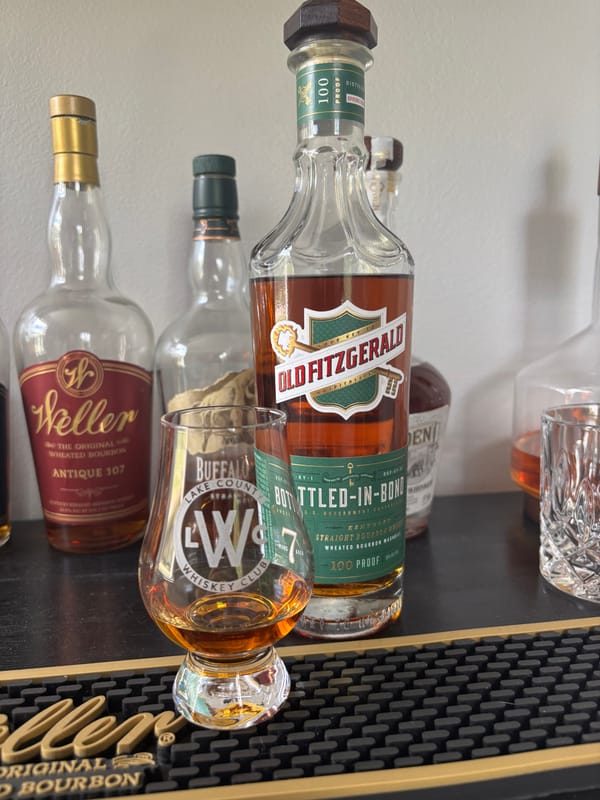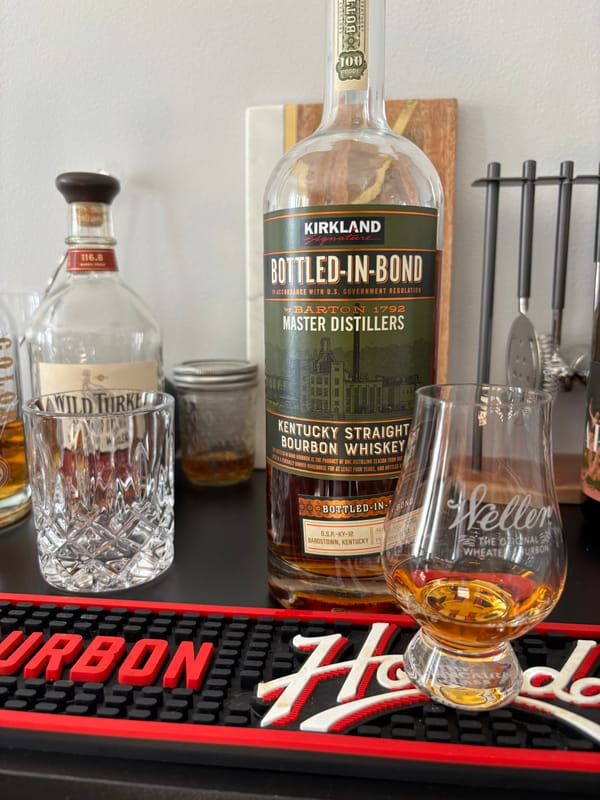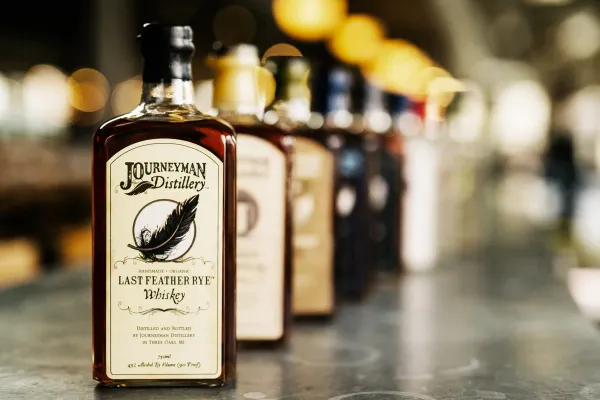Whiskey Mash Bill Ratios Revealed: The Mix You’ll Wish You’d Blended Sooner

Mash Bill Ratios: The Whiskey Recipe You Can’t Skip
Mash bill ratios aren’t just ingredients—they’re whiskey’s flavor blueprint, and if you don’t know their mix, you’re missing the recipe that crafts every bottle. It’s grain science. Here’s the solid truth about mash bill ratios in whiskey, from mash to sip, and why it’s your 2025 must-know.
What Are Whiskey Mash Bill Ratios?
U.S. law requires whiskey—51% grain minimum (corn for bourbon, rye for rye), 160 proof max distillation, 125 proof max barreling, 80 proof minimum bottling, and new charred oak aging. Mash bills—grain percentages—set the type: 51% corn, rye, or wheat, with barley or others filling out. Every whiskey’s mix is its DNA, no law details the rest.
How Mash Bill Ratios Shape Whiskey
Grains mill, cook at 180-200°F, ferment to 8-10% ABV over three to five days—51% corn sweetens, rye spices, wheat softens—barley aids enzymes. Distilled to 160 proof max, aged two-plus years in oak—vanilla joins—ratios steer the flavor and every grain counts.
What Mash Bill Ratios Mean for Your Sip
High corn—70%—makes bourbon syrupy, and oak’s caramel glow. High rye—65%—turns it peppery, spice cuts through. Wheat—51%—silkens it, vanilla hums. Every sip’s vibe—law sets the base—flows from this mix, no additives change it.
Why Mash Bill Ratios Matter in 2025
Mash bill ratios are whiskey’s flavor map—by 2025, knowing them could guide every pour’s path, from sweet to sharp. It’s the truth in the grain—don’t miss its blend. Want to taste the mix’s magic?
Check out NEAT: Whiskey Finder—it’ll help you track down bourbon and whiskey near you.





